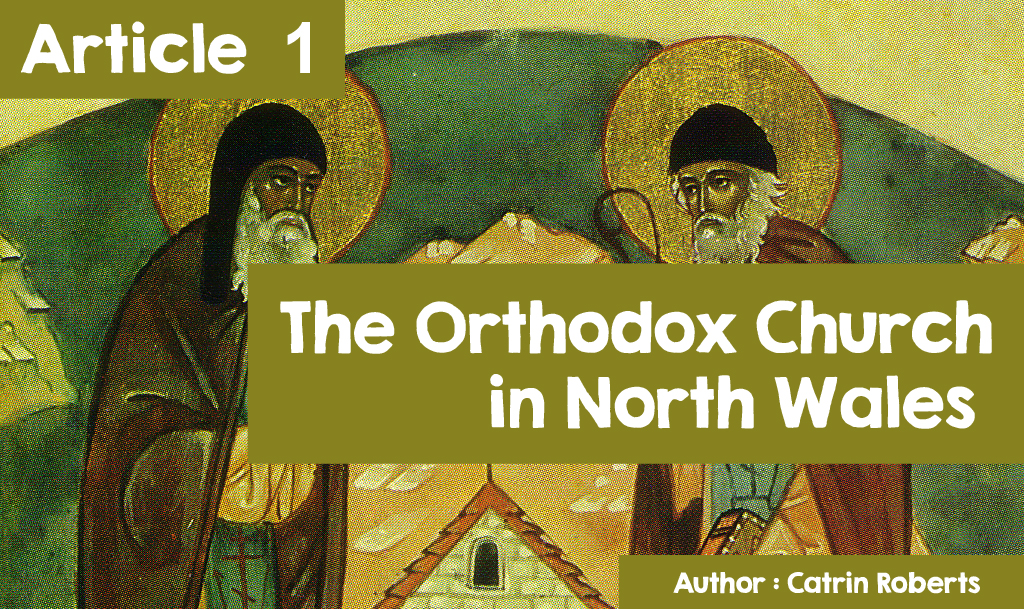The Orthodox Church in North Wales. |
|
If you are travelling in Wales, you are bound to see road signs similar to these: 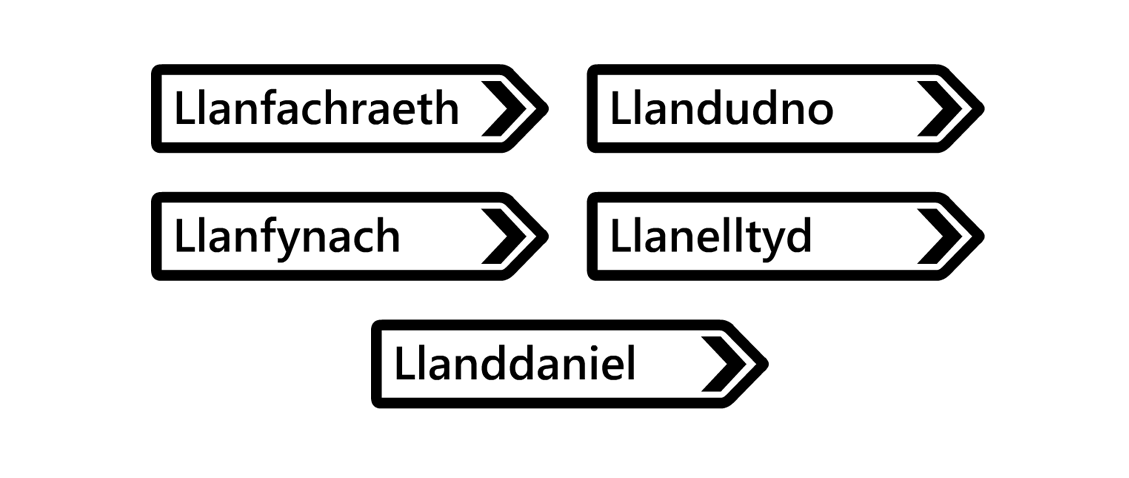
All the names start with Llan (old Welsh word for ‘church’) - which shows us that there is a very ancient Christian history to these places and a connection with a local saint. But there is one place in North Wales where special attention is given to many of the early saints of Wales. That place is Blaenau Ffestiniog. Why Blaenau Ffestiniog? This is the location of two churches of the Orthodox Christian tradition – The All Saints Church of Wales and the Church of the Holy Protection. This is the only place where you will find Orthodox churches in North Wales. 
|
|
What is the Orthodox Church? There are generally 3 main streams of Christianity today –
• Orthodox • Catholic • Protestant But at the beginning of the Christian faith, and for about 1000 years afterwards, there was only one Church - the Church we read about in the New Testament, in the book of Acts. This is the Church that Jesus Christ founded, and for which the first followers of Jesus, the apostles, worked. This is the Church that first shared the story of Jesus Christ all over the world - including Wales. And this is the Church to which the early saints of Wales belonged. But then the Church started to split due to arguments for various theological and political reasons. In 1054, the Church split into two - the Roman Catholic / Orthodox Church. In the 16th century, the Catholic Church split again with the Protestant Reformation and, by today, many different churches exist in Wales - for example, the Church in Wales, the Congregationalists, Baptists, Presbyterians, Evangelists, Quakers. The Orthodox Church believes that it is a direct continuation of the New Testament Church, that it has preserved the faith, tradition, and worship of the Early Church and that there is a direct line down the centuries from the apostolic period to the present day. 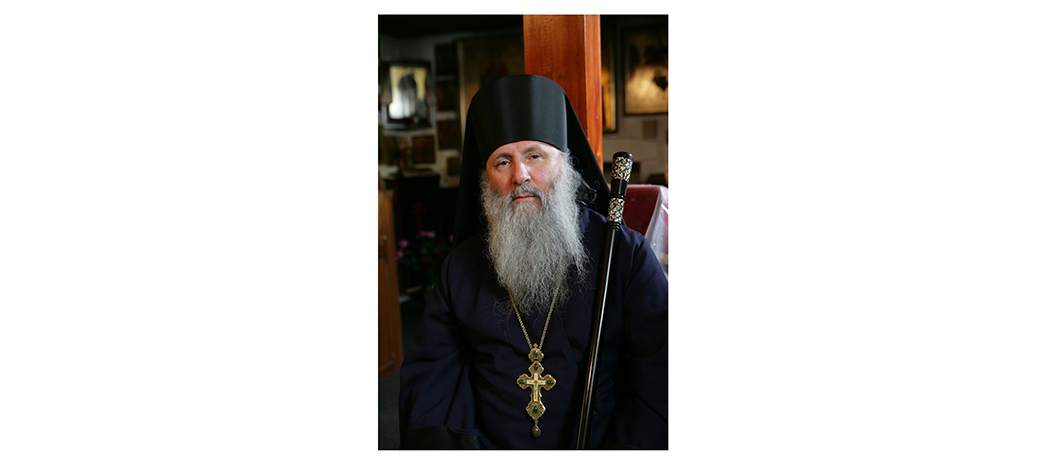 Caring for and leading the Orthodox Church in Blaenau Ffestiniog is Father Deiniol. His full title is the Venerable Archimandrite, Father Deiniol. Originally from Anglesey, he was brought up in Wrexham. While at College in England, he turned to the Orthodox Church. He became a monk in 1976 before being ordained a priest in 1979. He has worked as a teacher of Religious Education, but today focuses on leading and promoting the life of the Orthodox Church. He also administers the Welsh Orthodox Mission. Why choose Blaenau Ffestiniog as a place to establish an Orthodox community and church? This is Father Deiniol's answer. Simply because Blaenau Ffestiniog is central to North Wales. It is easy to travel there from four directions. This is important, as the people who come to worship come from many directions, and some must travel far. This Church, in a town in North Wales, belongs to a Ukrainian Diocese, the West Europe area, and is part of the Constantinople Patriarchy. 
Devotion in the Church follows a very old custom and practice, which has been passed down over the centuries from the time of Saint John Chrysostom (5th century AD). The Divine Liturgy (Eucharist) is the main service. We stand throughout the service to worship (not sit back like spectators), and all the worship is by song. There is a great deal of symbolism involved in the service. We use icons - beautiful pictures of Jesus, Mary his mother, and the saints. The icons help us to pray. People will kiss the icons or kneel before them.
Is there anything different in Blaenau Ffestiniog Orthodox Church compared to Orthodox churches elsewhere? This is the only place where services are widely held in Welsh! Other languages are also used, depending on who is present at the service. We always use English and Welsh, and Old Church Slavic, a language common to people of Slavic (eastern European) background. On Important Festivals, such as Easter and Christmas, up to 14 nations attend the services and we also often include the Romanian and Turkish languages. We have recorded the Divine Liturgy being sung in Welsh, and the CD is for sale in shops. |
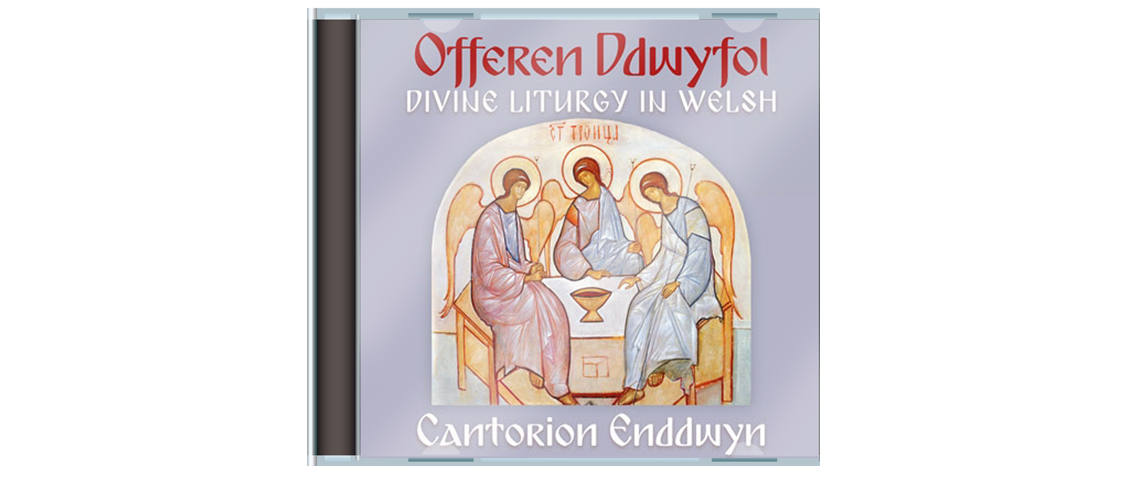
Another feature of the worship of the Orthodox Church is the strong awareness that the Church of Christ includes the living and the dead. This is known as the 'Communion of Saints' and, therefore, many icons of saints are seen in various sites in the Church as well as in people's homes. Orthodox Christians believe that these saints in heaven worship with us on earth. These saints belong to different countries and historical periods including the Old and New Testaments and, of course, the saints of Wales are particularly close to our hearts and part of our identity as Orthodox Christians. This is not new to Wales. Before the religious upheavals of the past, the people of Wales prayed to the saints for help, as the ancient poetry of Wales shows. Here are some of the saints of which icons can be found in the Church in Blaenau Ffestiniog |
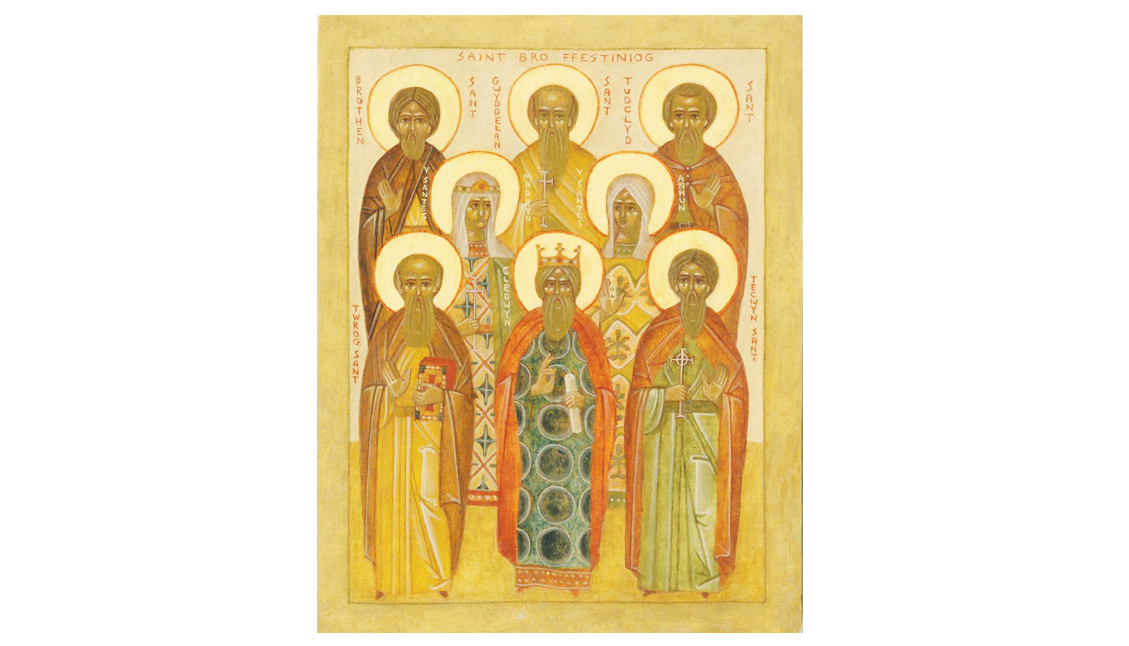
How do members of the Church show that they follow the teaching of Christ? The New Testament describes the Church as the 'Body of Christ'. This is why St Paul talks about life 'in Christ' and 'wearing Christ' through baptism (1 Corinthians 1: 12-26). Being part of the Body of Christ, it is our privilege and duty to serve the world we live in as he did when he came to live on earth. Being part of the Body of Christ, it is our privilege and duty to serve the world we live in as he did when he came to live on earth. What would Father Deiniol's message be to the young people of Wales today? ‘Can I suggest that you give God a chance in your lives? You can pray to him very simply in your own words, or you can find prayers that believers have used for centuries. But do it for a while to give yourself the opportunity to learn to 'listen to God', because he does not usually answer in words but in ways such as bringing peace to our hearts. Remember also that God wants the best for you. In the 2nd century, Saint Irenaeus said: 'The glory of God is a person in the fullness of life'. I wish you all every blessing.’ |
